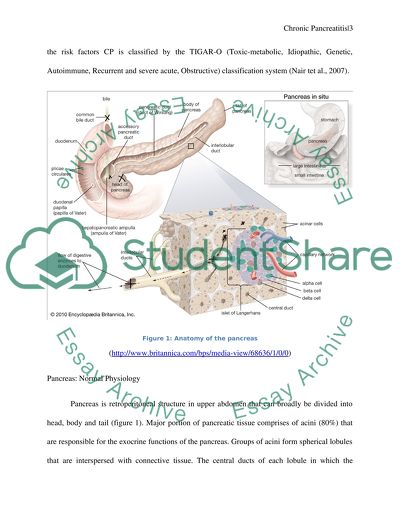Cite this document
(“Chronic Pancreatitis Term Paper Example | Topics and Well Written Essays - 3000 words”, n.d.)
Retrieved de https://studentshare.org/nursing/1392601-chronic-pancreatitis
Retrieved de https://studentshare.org/nursing/1392601-chronic-pancreatitis
(Chronic Pancreatitis Term Paper Example | Topics and Well Written Essays - 3000 Words)
https://studentshare.org/nursing/1392601-chronic-pancreatitis.
https://studentshare.org/nursing/1392601-chronic-pancreatitis.
“Chronic Pancreatitis Term Paper Example | Topics and Well Written Essays - 3000 Words”, n.d. https://studentshare.org/nursing/1392601-chronic-pancreatitis.


